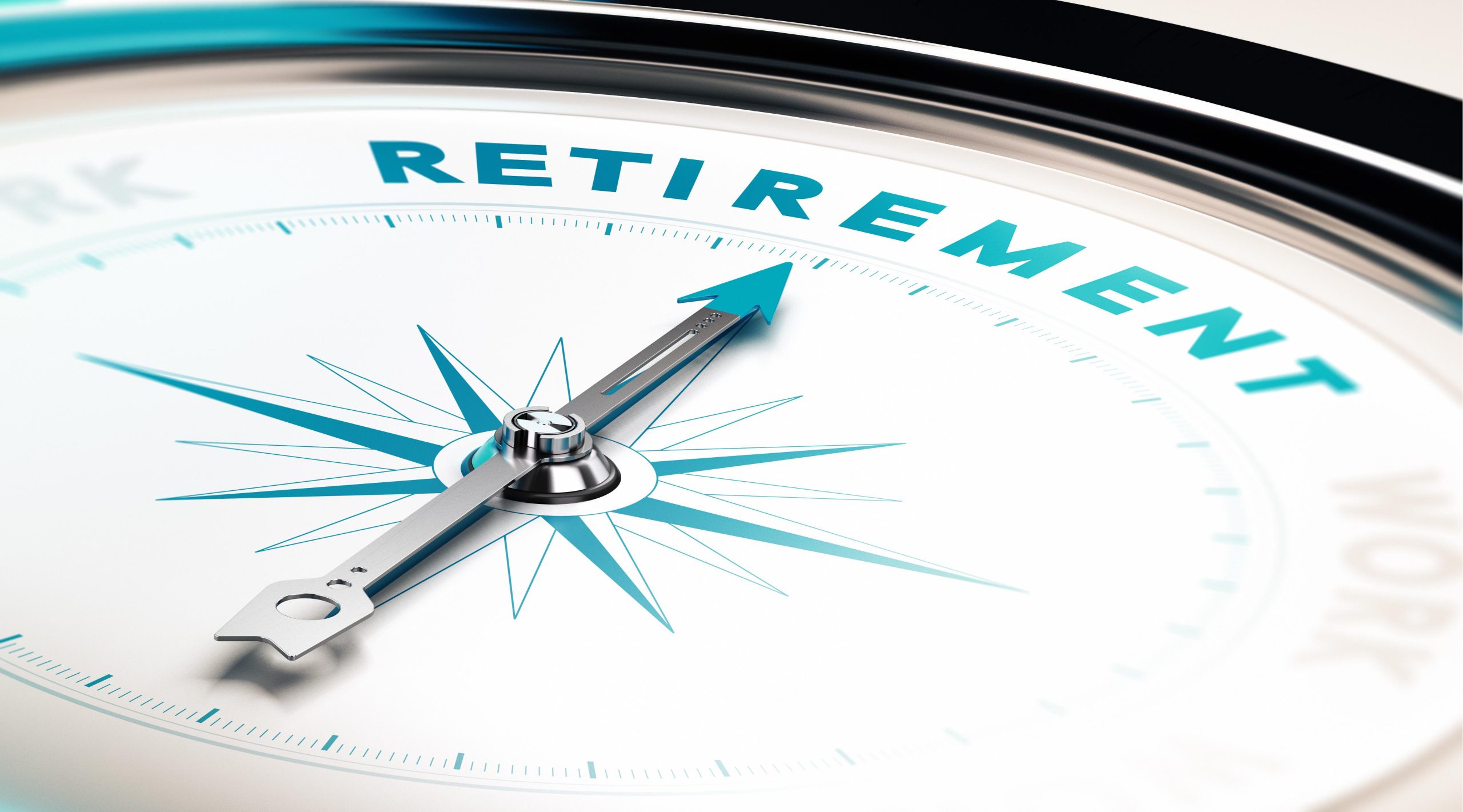
How much do I need to save for retirement?
How you invest in your 50s could significantly impact your quality of life in retirement. While there is still time to increase your retirement savings, a seemingly simple mistake could derail your plans. This is where obtaining professional financial advice becomes crucial.
With retirement now in sight, as you approach this milestone, ensuring your money works effectively will allow you to enjoy retirement on your own terms.
Clarify your goals
‘Saving enough for retirement’ has likely been on your list of financial goals for some time, but now is the moment to become more specific. Knowing exactly how much you need to save will give you a concrete target. This amount will depend on factors such as your intended retirement age, your retirement plans, projected investment growth and inflation.
A financial adviser can demonstrate how long your savings may last in retirement, helping you understand if you need to adjust your goals or savings habits.
Review your investment portfolio
When you are in your 50s and nearing retirement, ensuring that your investment portfolio maintains a suitable balance between risk and reward is important. The right level of investment risk depends on how you intend to fund your retirement and how far away your target retirement date is.
For those planning to buy an annuity in a few years, moving your pension fund from stocks to lower-risk assets such as cash may be wise. This strategy helps protect your pension pot from potential stock market crashes just before you need it.
Maintain growth potential with diversified assets
If you plan to fund your retirement through income drawdown or other savings and investments, moving into cash too early could mean your money does not last as long as required. Retaining some exposure to stocks allows your portfolio the opportunity for long-term growth. Considering that your retirement could span several decades, inflation will inevitably erode the real value of your savings and reduce your purchasing power.
One way to mitigate the impact of rising prices is to remain invested in the stock market. Historical data shows that the stock market generally outperforms cash over long periods and exceeds the inflation rate. Diversifying your investments across various asset classes can help your portfolio withstand stock market fluctuations.
Focus on your pension
Pensions are an exceptionally efficient method of saving for retirement, particularly when you’re in your 50s. This is largely due to the tax relief you receive on personal pension contributions. For instance, a £1,000 pension contribution costs just £800 if you’re a basic rate taxpayer, £600 if you’re a higher rate taxpayer or £550 if you’re an additional rate taxpayer. Tax relief is essentially free money from the government, significantly enhancing your retirement savings.
Most individuals can contribute up to 100% of their UK relevant earnings or £60,000, or £3,600 if there are no relevant earnings (whichever is lower) into pensions yearly while still benefiting from tax relief until age 75. However, it is important to remember that your pension annual allowance could be lower if you have a very high income or have triggered the MPAA.
Maximising unused allowances
If you wish to save more than your annual allowance, it might be possible to maximise unused allowances from the previous three tax years under carry-forward rules. This strategy can considerably enhance your retirement savings by utilising every available tax benefit.
Make the most of your tax allowances
There are numerous other tax allowances investors can utilise. For instance, you can invest up to £20,000 (tax year 2024/25) into Individual Savings Accounts (ISAs) to benefit from tax-efficient income and growth.
You can withdraw money from ISAs whenever you desire without incurring any tax; this makes ISAs a useful source of income for those retiring before age 55 (the current earliest age at which you can access your pension subject to health and certain occupations). Additionally, ISAs form an integral part of a tax-efficient retirement income portfolio.
Other allowances to consider
Other allowances include the personal savings allowance, dividend allowance and Capital Gains Tax exemption. You can earn up to £1,000 a year in interest without paying tax if you’re a basic rate taxpayer. If you are a higher rate taxpayer, you can earn £500 a year without paying taxes. Additional rate taxpayers don’t receive any allowance at all.
The annual Capital Gains Tax-exempt amount from 6 April 2024 is £3,000. If the total of all gains and losses in the tax year fall within this exempt amount, no tax will be payable. Gains above the annual exemption will be taxable. The exempt amount cannot be carried back or forward. The unused amount is lost if it’s not used, in part or full.
Time to optimise your pension and make the most of available tax allowances?
Please contact us for more detailed advice on optimising your pension and making the most of available tax allowances. We are ready to help you navigate the complexities of retirement planning and ensure you achieve a financially secure and comfortable retirement.
This information has been prepared using all reasonable care. It is not guaranteed as to its accuracy, and it is published solely for information purposes. It is not to be construed as a solicitation or offer to buy or sell securities and does not in any way constitute investment advice.
Information based on our current understanding of taxation legislation and regulations. Any levels and bases of, and reliefs from, taxation are subject to change.
The value of investments and income from them may go down. You may not get back the original amount invested.
Past performance is not a reliable indicator of future performance.
